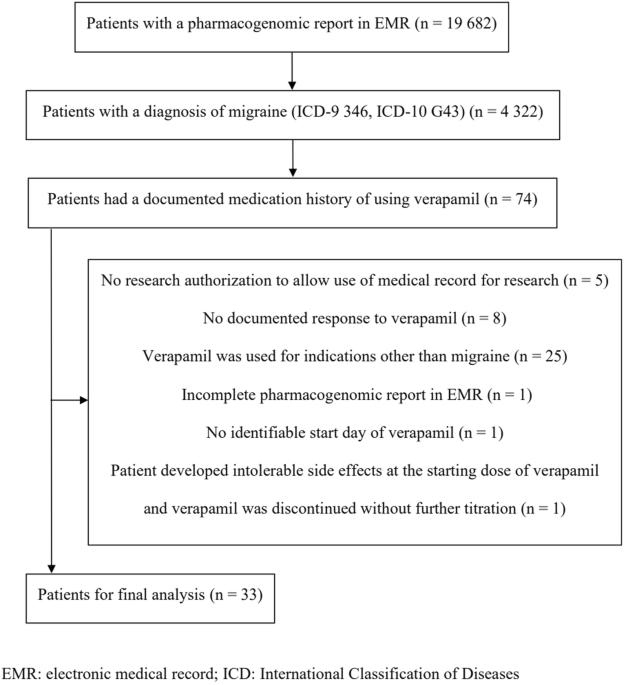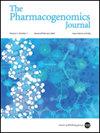药物基因组研究--药物基因组表型对预防偏头痛的维拉帕米足量用药影响的试点研究
IF 2.9
3区 医学
Q2 GENETICS & HEREDITY
引用次数: 0
摘要
背景维拉帕米用于头痛疾病的剂量范围很广,但没有可靠的工具来预测个体的最佳剂量。结果我们的最终分析包括 33 名偏头痛患者(82% 有先兆)。维拉帕米的平均最小有效剂量和最大可耐受剂量分别为178.2(20-320)毫克和227.9(20-480)毫克。我们发现了多种 CYP2C9、CYP2D6 和 CYP3A5 表型,但在调整年龄、性别、体重指数和吸烟状况后,这些表型与维拉帕米的剂量无显著关联。本文章由计算机程序翻译,如有差异,请以英文原文为准。


Pharmacogenomic study—A pilot study of the effect of pharmacogenomic phenotypes on the adequate dosing of verapamil for migraine prevention
To investigate factors affecting the efficacy and tolerability of verapamil for migraine prevention using individual pharmacogenomic phenotypes. Verapamil has a wide range of dosing in headache disorders without reliable tools to predict the optimal doses for an individual. This is a retrospective chart review examining adults with existing pharmacogenomic reports at Mayo Clinic who had used verapamil for migraine. Effects of six cytochrome P450 phenotypes on the doses of verapamil for migraine prevention were assessed. Our final analysis included 33 migraine patients (82% with aura). The mean minimum effective and maximum tolerable doses of verapamil were 178.2(20-320) mg and 227.9(20-480) mg. A variety of CYP2C9, CYP2D6, and CYP3A5 phenotypes were found, without significant association with the verapamil doses after adjusting for age, sex, body mass index, and smoking status. We demonstrated a wide range of effective and tolerable verapamil doses used for migraine in a cohort with various pharmacogenomic phenotypes.
求助全文
通过发布文献求助,成功后即可免费获取论文全文。
去求助
来源期刊

Pharmacogenomics Journal
医学-药学
CiteScore
7.20
自引率
0.00%
发文量
35
审稿时长
6-12 weeks
期刊介绍:
The Pharmacogenomics Journal is a print and electronic journal, which is dedicated to the rapid publication of original research on pharmacogenomics and its clinical applications.
Key areas of coverage include:
Personalized medicine
Effects of genetic variability on drug toxicity and efficacy
Identification and functional characterization of polymorphisms relevant to drug action
Pharmacodynamic and pharmacokinetic variations and drug efficacy
Integration of new developments in the genome project and proteomics into clinical medicine, pharmacology, and therapeutics
Clinical applications of genomic science
Identification of novel genomic targets for drug development
Potential benefits of pharmacogenomics.
 求助内容:
求助内容: 应助结果提醒方式:
应助结果提醒方式:


